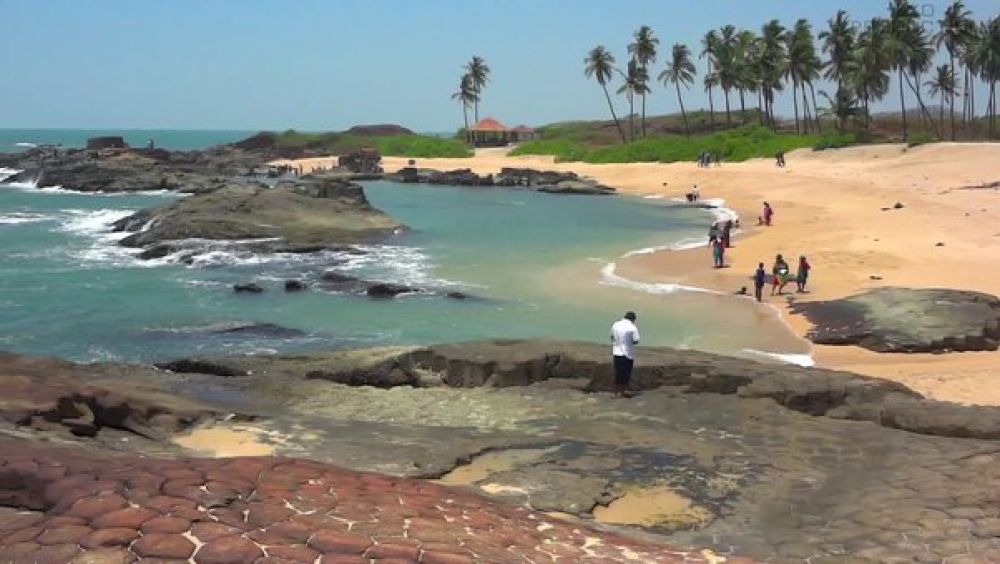

Known for its distinctive geological formation of basaltic lava and hexagonal-shaped columns, Mary's Island, also referred to as Coconut Island and Thonse Par, is a set of four small islands in the Arabian Sea off the coast of Malpe in Udupi, Karnataka, India. The history of Mary's Island is simultaneously a tale of nature's artistry and human discovery.
It is believed that the island was named by the Portuguese explorer Vasco da Gama himself in 1498 during his voyage from Portugal, when he reportedly anchored his ships here and named one of these islands after the Virgin Mary - calling it 'Mary's Island' in her honor.
While the local population has known about the existence of these islands for centuries, it wasn’t until the relatively recent past that they became a spotlight of tourism in Udupi. The unique geological features of the islands have drawn geologists, nature enthusiasts, and tourists alike to marvel at this spectacle. Recognized for their scientific significance, the basaltic rock formations of Mary's Island have been declared a National Geological Monument by the Geological Survey of India.
Over the years, Mary's Island has seen a steady increase in visitors. Initially attracting mostly the local crowds and a few geologically inclined academics, the islands began to gain popularity nationwide after being featured in tourism promotions and as shooting locales for films. The serene beauty, coupled with the distinctive geological backdrop, makes it a perfect spot for day-trippers seeking a unique and peaceful experience.
The islands are accessible by boat from Malpe Beach near Udupi, with regular ferry services being offered to and from the island, particularly during the peak tourist season. However, these services are subject to weather conditions and are usually suspended during the monsoon season due to rough seas.
Recognizing the fragile ecosystem and the importance of preserving the natural beauty of the islands, there have been concerted efforts by the government and local bodies to promote sustainable tourism practices. These include limitations on the construction of permanent structures on the island, restrictions on littering and the collection of samples of the unique rock formations, and regulated tourism activities to ensure the island's pristine condition for generations to come.
In recent years, there has been a surge in ecotourism and adventure tourism in India, and Mary's Island has benefitted from this trend due to its natural environment and scenic beauty. Activities like bird watching, rock climbing, and photography have become significantly popular among visitors. Additionally, local authorities have been working on improving the visitor experience by adding amenities while maintaining the area's ecological integrity, which could potentially boost the numbers of tourists seeking sustainable travel options.